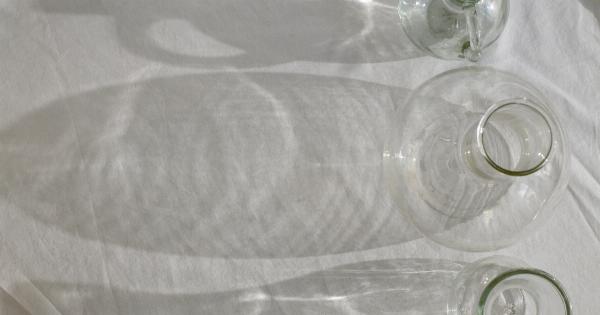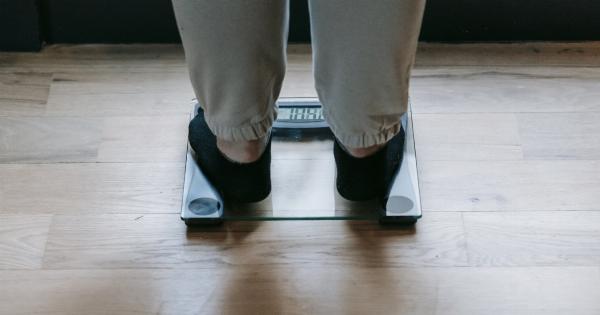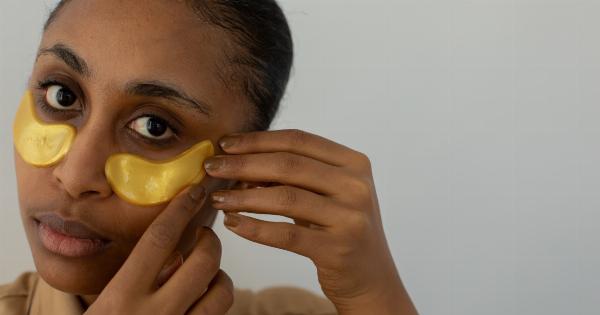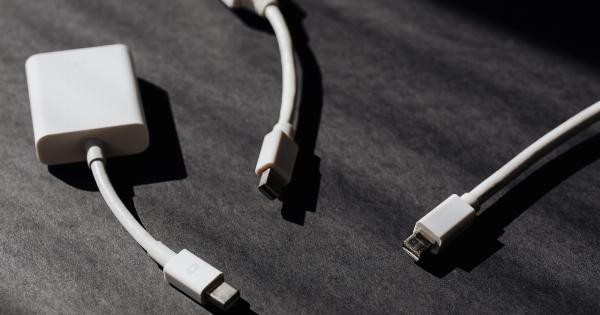Infarction and stroke are two medical conditions that primarily affect the brain. While they share some similarities, it is crucial to identify their key differences to ensure proper diagnosis and treatment.
In this article, we will delve into the causes, symptoms, and treatment options for each condition, highlighting their unique characteristics.
Understanding Infarction
Infarction, commonly referred to as brain infarction or cerebral infarction, occurs when there is a blockage or restriction of blood flow to a specific part of the brain.
This restricted blood flow leads to the death of brain cells due to a lack of oxygen and nutrients. The most common cause of infarction is a blood clot or atherosclerosis (narrowing of blood vessels due to plaque buildup).
Causes of Infarction
The leading cause of infarction is the formation of blood clots within the blood vessels supplying the brain. These clots can originate from various sources, including:.
- Thrombosis: Formation of a blood clot within a blood vessel in the brain.
- Embolism: When a blood clot formed elsewhere in the body travels through the bloodstream and obstructs a blood vessel in the brain.
- Arterial dissection: A tear in the lining of an artery leading to the brain, causing a clot to form and block blood flow.
Symptoms of Infarction
The symptoms of infarction vary depending on the location and extent of the blockage in the brain. However, common signs and symptoms include:.
- Sudden numbness or weakness on one side of the body
- Difficulty speaking or understanding speech
- Confusion and disorientation
- Severe headache
- Dizziness or loss of balance
- Trouble with vision, such as blurred vision or double vision
Treatment for Infarction
The treatment of infarction focuses on restoring blood flow to the affected area of the brain, preventing further damage, and managing complications. The following treatment options are commonly employed:.
- Thrombolytic therapy: Administration of medication to dissolve blood clots and restore blood flow.
- Anticoagulant therapy: Medications to prevent the formation of blood clots.
- Antiplatelet therapy: Medications that inhibit platelet aggregation, reducing the risk of clot formation.
- Angioplasty and stenting: A procedure to widen narrowed or blocked blood vessels.
- Supportive care: Addressing associated symptoms and providing rehabilitation therapy.
Understanding Stroke
A stroke, commonly known as cerebrovascular accident (CVA), occurs when there is a disruption of blood flow to the brain. Unlike infarction, stroke can be caused by both blockage and bleeding within the brain. There are two major types of stroke:.
- Ischemic Stroke: Caused by a blockage or narrowing of blood vessels leading to the brain.
- Hemorrhagic Stroke: Caused by bleeding within the brain due to a ruptured blood vessel.
Causes of Stroke
The causes of stroke can vary depending on the type:.
- Ischemic Stroke Causes:
- Thrombosis: Formation of a blood clot within a blood vessel in the brain.
- Embolism: When a blood clot formed elsewhere in the body travels through the bloodstream and obstructs a blood vessel in the brain.
- Arterial dissection: A tear in the lining of an artery leading to the brain, causing a clot to form and block blood flow.
- Hemorrhagic Stroke Causes:
- Hypertension: High blood pressure leading to the weakening and rupture of blood vessels.
- Aneurysm: A bulge or ballooning in a blood vessel that can rupture and cause bleeding.
- Arteriovenous malformation (AVM): An abnormal tangle of blood vessels, also prone to rupture.
Symptoms of Stroke
The symptoms of stroke often appear suddenly. Common signs and symptoms include:.
- Sudden numbness or weakness on one side of the body
- Confusion and difficulty speaking or understanding speech
- Severe headache
- Loss of coordination or balance
- Trouble with vision in one or both eyes
Treatment for Stroke
The treatment of stroke aims to restore blood flow to the brain and prevent further damage. The specific treatment approach depends on the type and cause of the stroke:.
- Ischemic Stroke Treatment:
- Thrombolytic therapy (if eligible): Medication administration to dissolve blood clots and restore blood flow.
- Endovascular procedures: Mechanical removal of a blood clot or using a stent to open a blocked blood vessel.
- Anticoagulant therapy: Medications to prevent the formation of blood clots and reduce the risk of recurrent stroke.
- Hemorrhagic Stroke Treatment:
- Surgical intervention: Repairing the ruptured blood vessel or removing the blood clot.
- Medication: Managing blood pressure and preventing further bleeding.
- Supportive care: Addressing associated symptoms and providing rehabilitation therapy.
Conclusion
Infarction and stroke are both serious medical conditions affecting the brain. Infarction occurs due to the blockage or restriction of blood flow to a specific part of the brain, while stroke can be caused by both blockage and bleeding within the brain.
Understanding the key differences between these conditions is crucial for prompt diagnosis and appropriate treatment. If you experience any symptoms related to infarction or stroke, seek immediate medical attention to prevent further complications and optimize your chances of recovery.































